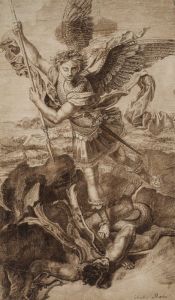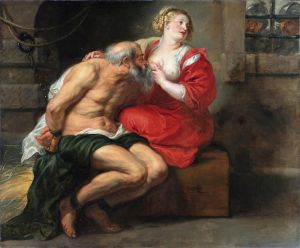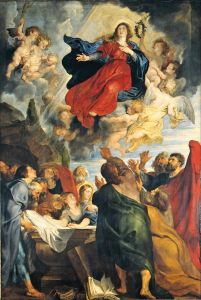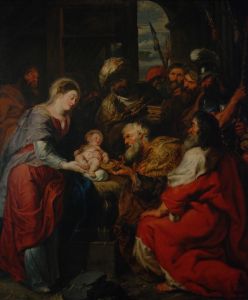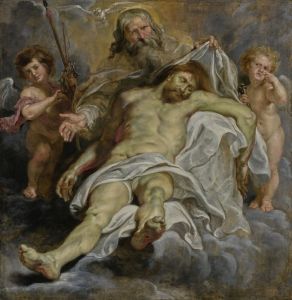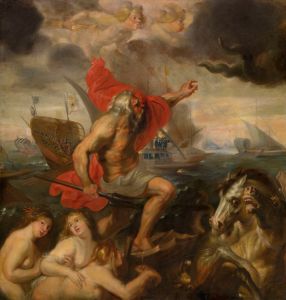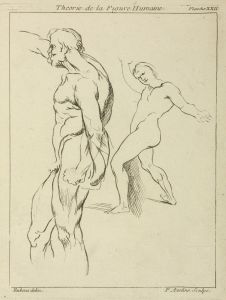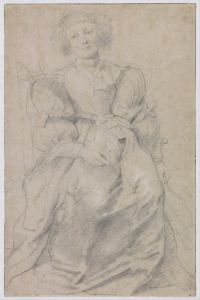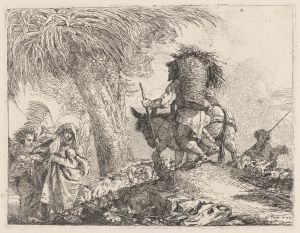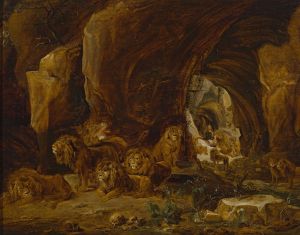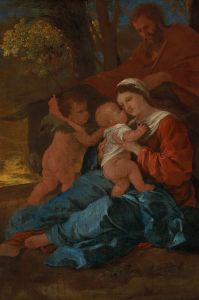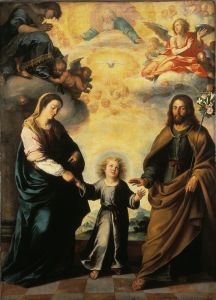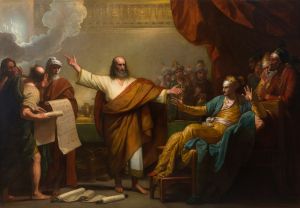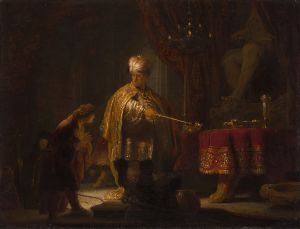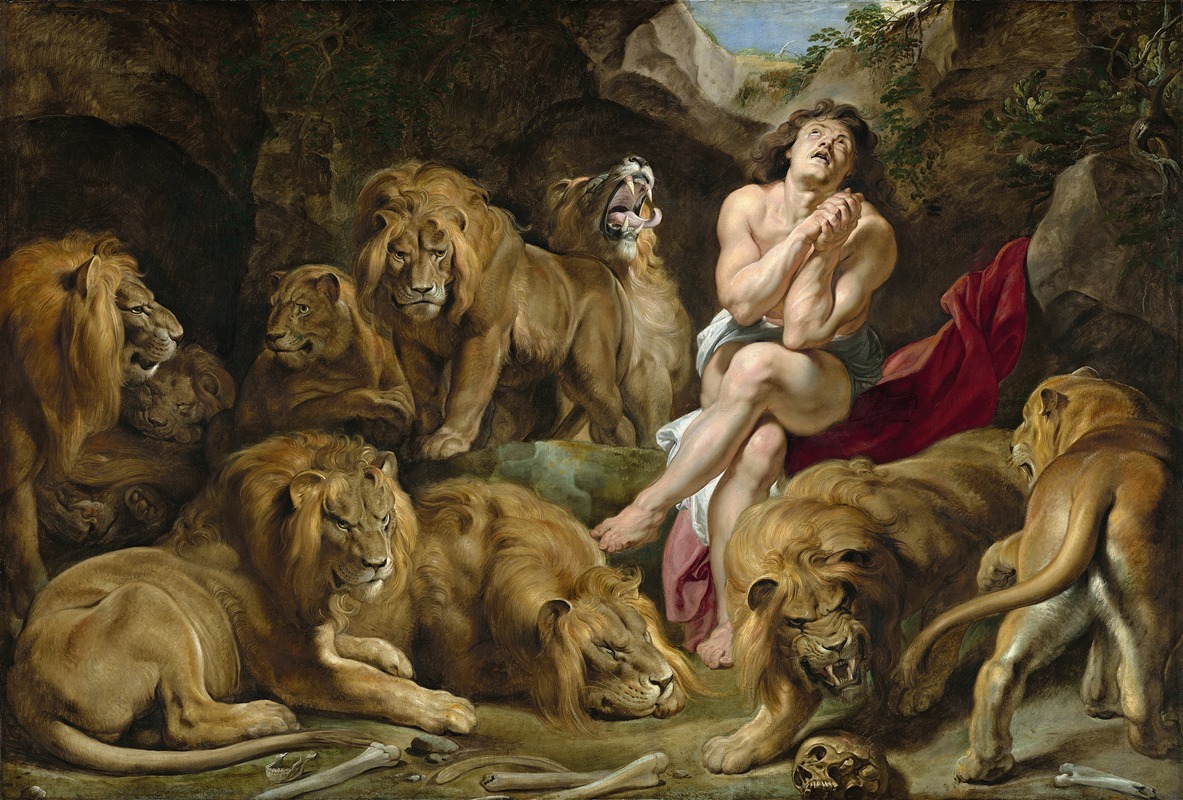
Daniel in the Lions’ Den
A hand-painted replica of Peter Paul Rubens’s masterpiece Daniel in the Lions’ Den, meticulously crafted by professional artists to capture the true essence of the original. Each piece is created with museum-quality canvas and rare mineral pigments, carefully painted by experienced artists with delicate brushstrokes and rich, layered colors to perfectly recreate the texture of the original artwork. Unlike machine-printed reproductions, this hand-painted version brings the painting to life, infused with the artist’s emotions and skill in every stroke. Whether for personal collection or home decoration, it instantly elevates the artistic atmosphere of any space.
"Daniel in the Lions' Den" is a renowned painting by the Flemish Baroque artist Peter Paul Rubens. Created around 1614-1616, this artwork is a vivid representation of the biblical story of Daniel, a prophet who was cast into a den of lions as punishment for his unwavering faith. The painting is celebrated for its dramatic composition, masterful use of color, and the emotional intensity that Rubens brings to the scene.
Rubens was a leading figure in the Baroque movement, known for his dynamic compositions, vibrant color palette, and ability to convey intense emotion through his art. In "Daniel in the Lions' Den," Rubens employs these techniques to bring the biblical narrative to life. The painting depicts Daniel, a figure of calm and piety, surrounded by a group of lions. Despite the perilous situation, Daniel appears serene and composed, a testament to his faith and trust in divine protection.
The composition of the painting is carefully crafted to highlight the contrast between Daniel's tranquility and the potential threat posed by the lions. Rubens uses light and shadow to draw attention to Daniel's figure, which is centrally placed and illuminated, creating a focal point that captures the viewer's attention. The lions, rendered with anatomical precision and expressive detail, surround Daniel, their powerful forms and varied poses adding to the tension of the scene.
Rubens' skillful use of color enhances the emotional impact of the painting. The warm tones of Daniel's skin and robes contrast with the darker, earthier hues of the lions and the den, emphasizing the prophet's spiritual purity and the divine light that seems to protect him. This use of color not only serves an aesthetic purpose but also reinforces the narrative of divine intervention and faith.
The painting is also notable for its attention to detail and the realistic portrayal of the lions. Rubens was known for his ability to depict animals with great accuracy, and in this work, he captures the physicality and majesty of the lions, each with distinct features and expressions. This attention to detail adds a layer of realism to the painting, making the miraculous nature of Daniel's survival even more striking.
"Daniel in the Lions' Den" is housed in the National Gallery of Art in Washington, D.C. It remains a significant example of Rubens' artistic prowess and his ability to convey complex narratives through his work. The painting not only reflects Rubens' mastery of the Baroque style but also his deep engagement with religious themes, a common subject in his oeuvre.
Overall, "Daniel in the Lions' Den" exemplifies Rubens' ability to blend dramatic storytelling with technical brilliance, resulting in a work that continues to captivate audiences with its powerful depiction of faith and divine protection.





